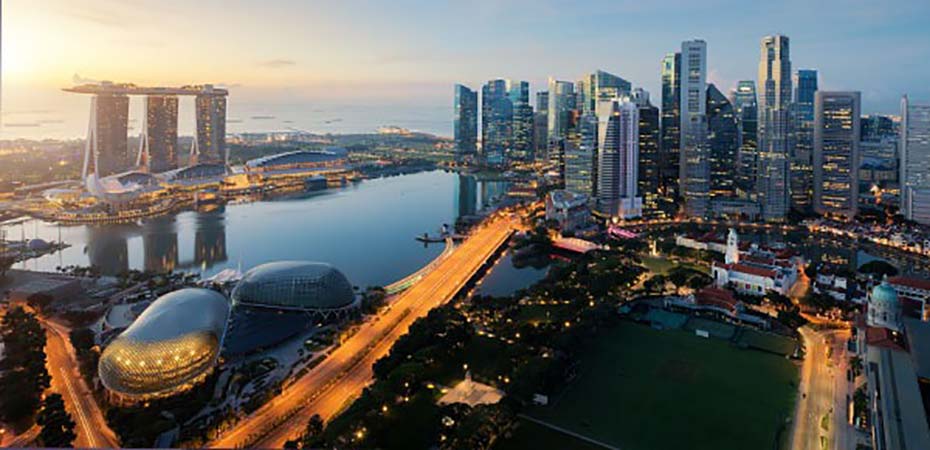Intellectual property protection in Singapore: Five things you need to know

As one of the 10 members states of the Association of South East Asian Nations (ASEAN), which together boast a population of more than 600 million people, Singapore is positioned at the centre of – and provides a gateway to – one of the world’s fastest-growing consumer markets.
Aside from being a distribution hub with a bustling entrepôt trade, Singapore also provides one the most robust legal regimes for the protection of intellectual property rights. World Economic Forum’s Global Competitiveness Report 2016-2017 ranked Singapore fourth in the world and first in Asia for its IP protection framework, making it a key jurisdiction for many of the world’s top brands and IP-focused companies.
To help you avoid potential obstacles, here are five things you need to know about IP protection in Singapore:
- It is possible to file a trademark in colour in Singapore (including via the Madrid Protocol), although a colour claim or limitation is typically not included in applications, as any colour filed will be treated as a feature of the mark. To obtain protection for a coloured version of the mark, the application should be filed with the colour logo and include a colour limitation, which should only mention the colours by their common descriptive names rather than colour identification codes. Where a mark is filed in colour without a colour limitation, or in black & white / greyscale, it is not deemed to be limited to the particular colours on the form of application.
- Although Singapore’s patent regime has moved away from relying on the final outcome of corresponding patent applications, it is still possible to use expediting programs – such as the ASEAN Patent Examination Co-operation (ASPEC) and patent prosecution highway (PPH) – to leverage positive examination results of corresponding applications (including PCT applications) to accelerate the patent process.
The SG fast track program, through which patents for first-filing patent applications can be granted in as little as six months, was also recently introduced. This program was previously limited only to the fintech and AI sectors but now encompasses all areas of technology, provided certain criteria are met – including keeping the number of requests under the monthly cap of five, which seem to favour filings earlier in a calendar month. - Aside from being one of only two International Search Authorities (ISA) in the region, the Intellectual Property Office of Singapore (IPOS) is also one of the few receiving offices that accepts Chinese as a language for PCT international applications. A final search report can also be issued in Chinese if you select IPOS as an International Searching and Preliminary Examination Authority. This can be useful in time-limited cases where the only available patent specification is in Chinese and the applicant needs to file urgently.
- IPOS examiners were initially trained by the European Patent Office and, as such, they do favour the use of esp@cenet as one of their prior art databases; however, IPOS examiners also search the database of the Chinese patent office (SIPO) and do so in Chinese, the native language of most IPOS examiners. The added positive is that search reports are generated are in English, which is useful for applicants looking to gain insight into SIPO’s database – one of fastest growing IP databases in the world – without having to file a patent application in China or spend money on translation.
- For IP owners, Singapore’s legal system provides both civil and criminal avenues for the enforcement of rights. Civil actions allow owners to seek damages, injunctions against further infringement, as well as the surrender of infringing items. Criminal proceeding may be initiated against offers by way of fiats issued by the Attorney-General’s chambers. Alternatively, disputes may also be settled through the WIPO-established Arbitration and Mediation Centre (AMC) in Singapore, the only centre outside Geneva to settle IP disputes via alternative avenues.
In conclusion, as the gateway to Southeast Asia – a region with a population the size of Europe’s and a growing middle class – Singapore presents a baseline opportunity to access and service the ASEAN market effectively, efficiently and with the confidence afforded by a world-class IP dispute resolution system. These reasons and more are why some of the world’s leading IP-focused companies have chosen to base their regional headquarters, as well as their research & development centres, in Singapore.

